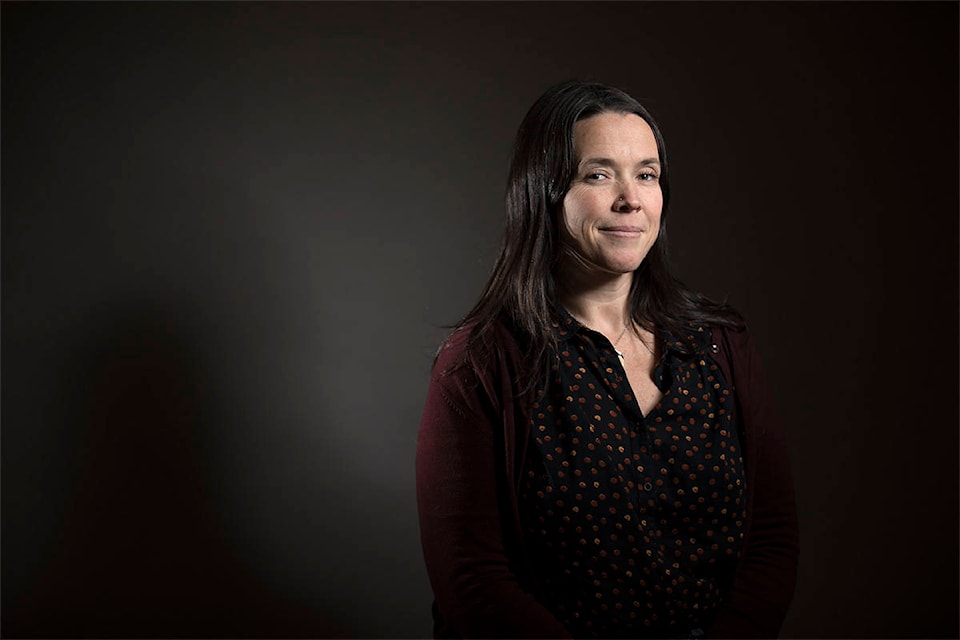Three Yukon government midwifery jobs will be open to residents across the country, according to a spokesperson with the Department of Health and Social Services.
“We need to ensure that we have a fair and open process for competitions for government positions and we encourage any existing Yukon midwives who feel they have met the job posting requirements to apply,” Pat Living said in a written statement.
Currently some midwives have to leave the Yukon in order to maintain out-of-territory licenses because the practice isn’t funded or regulated here.
The Yukon government has promised to regulate midwifery here. A model of care has been developed, officials announced this week, which lays the groundwork for midwives to eventually work under it.
Regulations will be completed this summer. Three midwives, including one that’s akin to a nurse-in-charge, are expected to start delivering next year. All will be based in Whitehorse.
“They will be government employees,” said Natasha Phillips, senior policy advisor at the department. “We did that because we thought it would be more sustainable with our lower birthrate, but also because we have a wide variety of programs and services.
“Once that’s up-and-running and we’ve got really good integration with the healthcare system, we can then look at how we can move this out into the communities.”
According to a news release, the Yukon has the lowest birthrate in Canada, with roughly 400 per year.
A consultant has been brought in to help guide the process towards opening a clinic. There will also be an implementation advisory committee, which the consultant will chair. The objective is to integrate it into existing services in order to give Yukoners choice, Phillips said.
Kathleen Cranfield, president of the Community Midwifery Association Yukon, said it’s a “well-informed” start to the program, citing a thorough consultation process.
She also provided insight into what it’s like for midwives who live in the territory but have to leave in order to keep practising.
Cranfield practises midwifery intermittently, she said, noting that there’s another midwife in the Yukon who provides home-birth services.
Her registration must be renewed every three years, she said, adding that she’s practiced in the Northwest Territories and Ontario. Cranfield called the process a “sacrifice.”
“Unfortunately, it doesn’t serve our community well,” she said. “That’s where it’s hard because I can’t stay and offer services because I have to leave. I basically have to prove that I’ve been practicing and maintaining numbers.
“If I can’t practice again, clinically, until 2021, then I’m definitely going to be doing some more locums before then.”
She said she’s going to apply for one of the midwife positions put out by the government.
“I consider myself a fairly diplomatic person. I do believe that I have some qualifications that would benefit the program, absolutely, but I think it’s really important in our context, in our jurisdiction for this to be an objective process.”
There could be some tough discussions ahead, Cranfield continued, provided midwifery is new to the Yukon.
“I think change is uncomfortable, and I think in order to get this right, some of the conversations might be uncomfortable, because the Yukon will be learning about what a midwife working to a full-scope of midwifery care in the territory means, what it means for them, for doctors and nurses,” she said. “Just like any relationship, we need to communicate in order to gain trust.”
Contact Julien Gignac at julien.gignac@yukon-news.com
